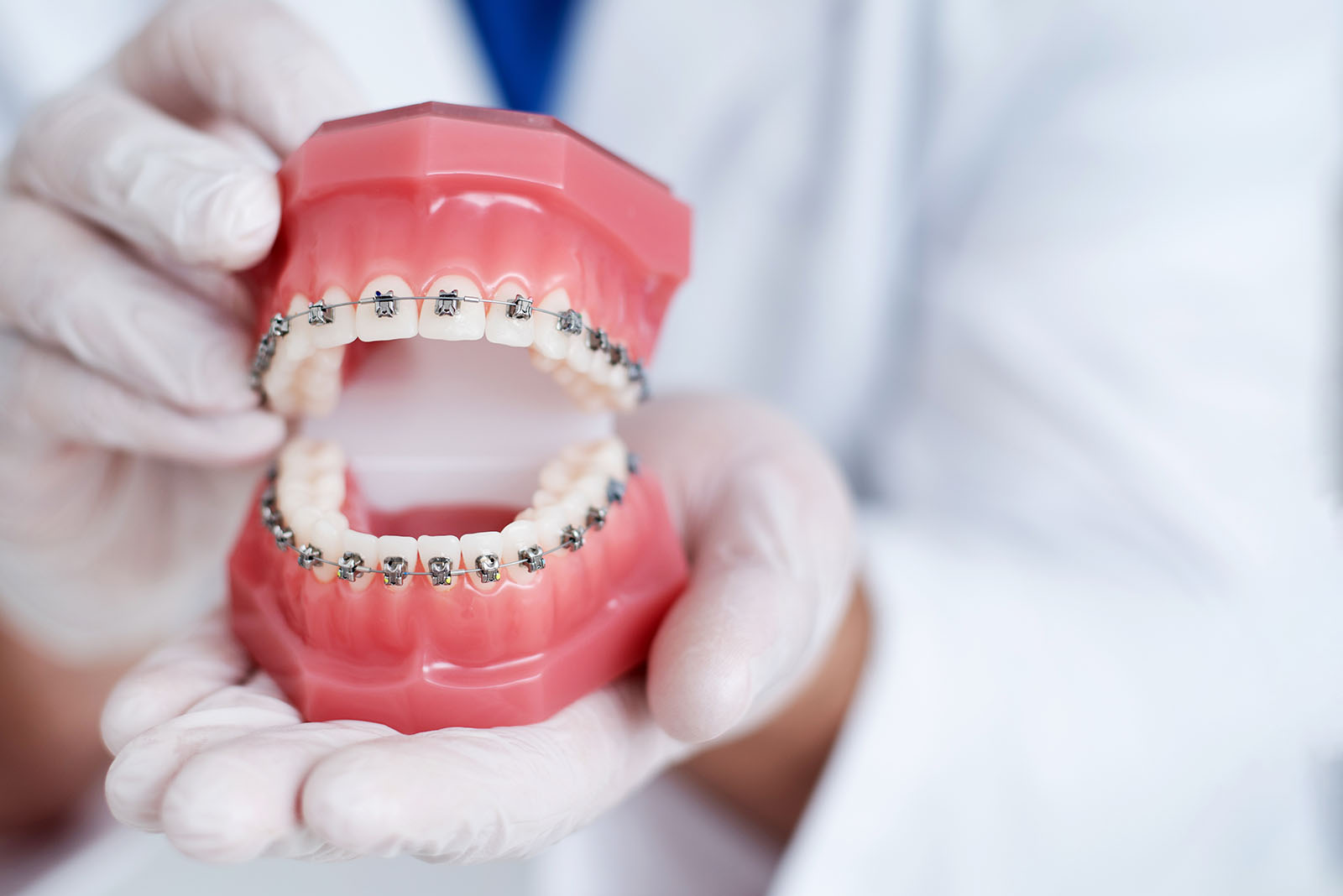Call Us Today!
(860) 354-6006
New Patients
(860) 248-2099

A dental injury, for a child or an adult, can be a very upsetting situation. But like everything, some knowledge of what to do just in case this occurs can help to alleviate stress and help to make sure your family member receives the best possible outcome.
Dental injuries can certainly occur during sports activities. Mouthguards should be worn during contact sports to help decrease the risk of tooth injuries. But dental injuries often occur during many benign activities where no one would expect a problem: walking the dog, tripping on uneven pavement, bicycling, or walking while carrying something. As winter approaches, the chance of falling on icy steps or sidewalks is high. The possibilities are endless.
With all dental injuries, the first step for the helping layperson is to wash their hands and wear gloves if possible.
For a broken tooth, the American Association of Orthodontists recommends cleaning the injury with soap and water, cover the affected area with sterile gauze from your family first aid kit, save the tip of the tooth (sometimes, the tip can be reattached- please save any fragments to give your dentist options), and store the fractured piece of the tooth in water. Then, apply an ice pack to the injured lip or gums, and contact your dentist for advice. Pain relief (ibuprofen or acetaminophen) may be advised.
What should you do if the tooth is not broken, but instead loosened in its socket? If it is a baby tooth, your dentist may decide to do nothing and allow it to eventually “fall out a little early”. If it’s an adult tooth, it’s important to act right away. There are different ways that an adult tooth may be loosened. It might be “pushed up into the socket” (this is called intrusion), it might be “knocked a little out of its socket” or “hanging down” (this is called extrusion) or be “pushed sideways” (this is called luxation). If it is extruded, or hanging down, you may try to very gently move it upwards slightly. You should apply an ice pack and administer over the counter pain relief (ibuprofen or acetaminophen), and then call your dentist. These types of injuries usually need to be stabilized by a professional (e.g. a fixed splint, partial braces, or sometimes a retainer).
What if the tooth is “knocked out completely”? This is called avulsion. It is very, very important that the tooth is handled as little as possible and is kept wet/moist (e.g. in the patient’s saliva, saline, milk, or “save a tooth” solution). You should call your dentist right away. Then, after washing hands, hold the tooth by the crown (the “white part” of the tooth, not the root), remove large debris from the tooth by rinsing (do not touch the root, and make sure to plug the sink), gently replace the tooth in the socket, bite on gauze to hold it in place until you can be seen by the dentist. If you cannot replace it in the socket, place the tooth in milk or sterile saline (or contact solution without preservatives, but not water). If these are not available, hold it in the cheek but do not swallow it. Do not allow the tooth to dry out and see the dentist as soon as you can.
What to do if the jaw is injured? If you can still bite normally, ice the region and use over-the-pain killers as needed. Eat a soft food diet. If no improvement in a day, or if you are feeling uncertain, call your medical doctor or dentist. You will be evaluated and may be referred to an oral surgeon. If you cannot bite normally, you should seek medical or dental attention. You will likely be referred to an oral surgeon for imaging and advice. Oftentimes, these issues resolve after the swelling is gone, but it is possible that other issues may be present.
Hopefully, this information will never be needed, but it might be helpful to cut this out and place it in your family’s first aid kit just in case. More resources are available for parents about orthodontic questions at mylifemysmile.org and dental questions at ada.org.
